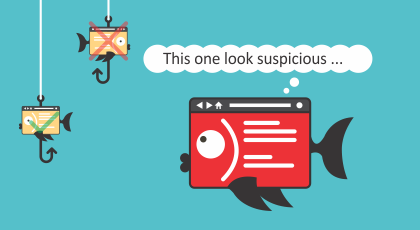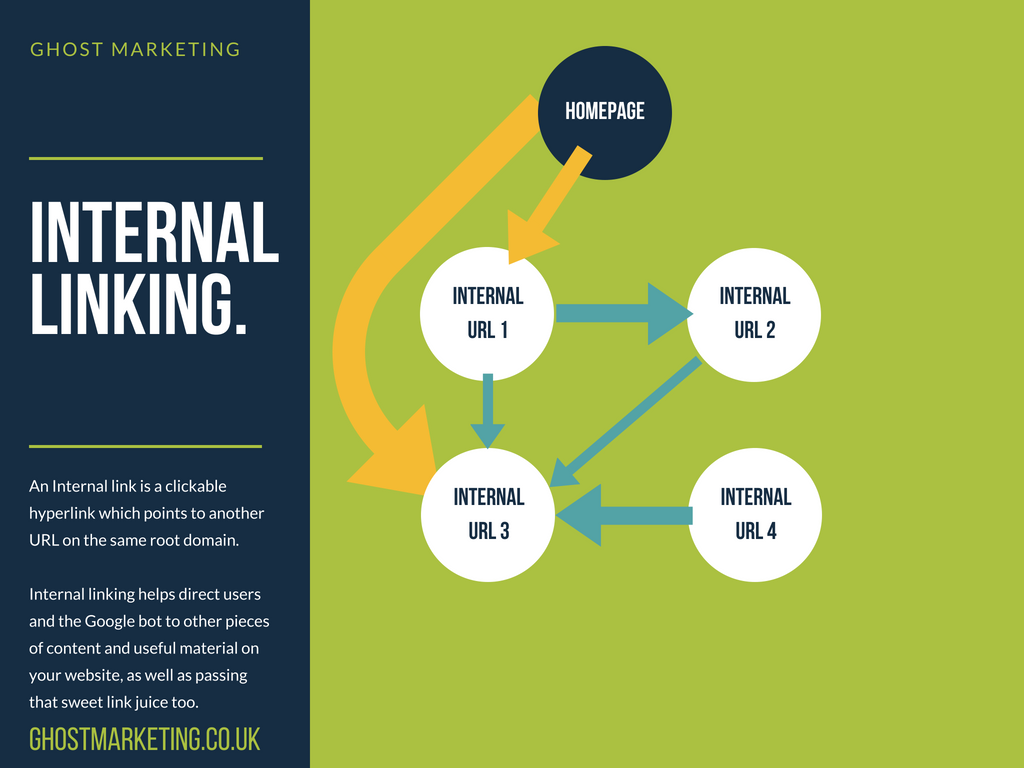The higher you rank in Google, the more money your business will generate.
Powerful Links rank websites.
We generate these links for clients worldwide.
Below outlines exactly how we do this.
Stage 1 – Content Curation, Strategy & Campaign Building
It all starts with something of value.
We call this content, but realistically it can be anything from your brand itself, a founder, a tragic event or a funny video. For the purposes of this process we’ll refer to any of these as “content”.
Content is something that’s hosted on a client’s website that we work with your initial content team or directors to build that adds value to a visitor. When a visitor feels as though they’ve received value, two things happen.
- They are more likely to buy.
- They are more likely to link and/or share.
Both are incredibly important KPI’s.
Working closely with a brand-new client we decide a piece of content to achieve both. Content remember isn’t some 500-word thrown together blog post; content is something that is interesting, noteworthy, linkable and shareable, that if seen in a printed magazine or newspaper, would force-the-read, not because it’s so controversial but because it’s simply too interesting, useful or targeted to you as an individual for you to just scroll or flick on from.
This is obviously essential as the more interesting, unique and link-bait worthy this piece of content is, the more press media placements it will generate, as well as the easier it will be to generate links from other strategies.
Your content should force-the-read. – Tom Buckland.
Part 1.1: Content Audit, Topic Creation & Leveraging Data
Part 1.1 of the content curation technique involves building the overarching strategy for the campaign.
What single piece of content will we be using to leverage our outreach and force-the-read, ensuring potential link prospects and customers take note.
This is one of the most important stages in the entire campaign. Getting this part correct results in potentially dozens more links and mentions later down the line, which can result in tens, if not hundreds of thousands in additional revenue.
Part 1.1 of our process involves analysing the current content on a client’s site.
When we do this, we’re looking for one of three things;
- Link worthy content that already exists.
- Content or pages that are generating links naturally already.
- Interesting/close enough data/content that can be tweaked instead of entirely rebuilt from scratch.
During the content audit & on-boarding process, we work very closely with the client’s internal content or marketing team to determine the perfect content piece.

Taking a piece of content from “good” to “incredible and link worthy” is a lot quicker and easier than building a new campaign from scratch. As a result during the content audit we always look for pieces that are already good that can be built into authority pieces that are link and news worthy.
Two elements that work incredibly well are:
- Leveraging data driven content pieces (interesting infographics, educational videos etc)
- Reverse engineering a technique or piece of content that worked well in a different vertical/niche and replicating the campaign.
All these elements from; competition analysis, reverse engineering what already works in an industry, cross-vertical aligning (taking something that works in one industry and moving it into another), content exploring and more allow us to build a content topic that we know before even starting will result in links from press, authority media and multiple dozens of site owners worldwide.
Once this is selected, we move onto part 1.2.
Don’t reinvent the wheel just realign it – Anthony D’Angelo.
Part 1.2: Content Selection & Design Plan
Selecting the specific content medium to be used and integrating this into a design & development plan. Part 1.2 runs alongside stage 2 entirely as content development can take between 14-30 days depending on the size and scope of the project, although in many cases the content development phase does take less than 10 days.
Once the content is being produced we move onto stage 2 & the prospecting, initial outreach & rapport building strategies.
Stage 2 – Influencer, Journalist & Link Opportunity Scouting
Stage 2 involves finding the specific people & sites that would be the perfect fit for our piece of content. This may be the site itself but what generally works better is finding specific writers, influencers, journalists and bloggers who are respected in an industry.
These influencers tend to have a larger, more dedicated following and will result in a higher amount of referral traffic in the long run too, and of course a high proportion of great links.
For example, if you were in the soccer industry, you may want to get in touch with a sports writer/journalist that has developed a following for a specific team:

Here is his Twitter profile:
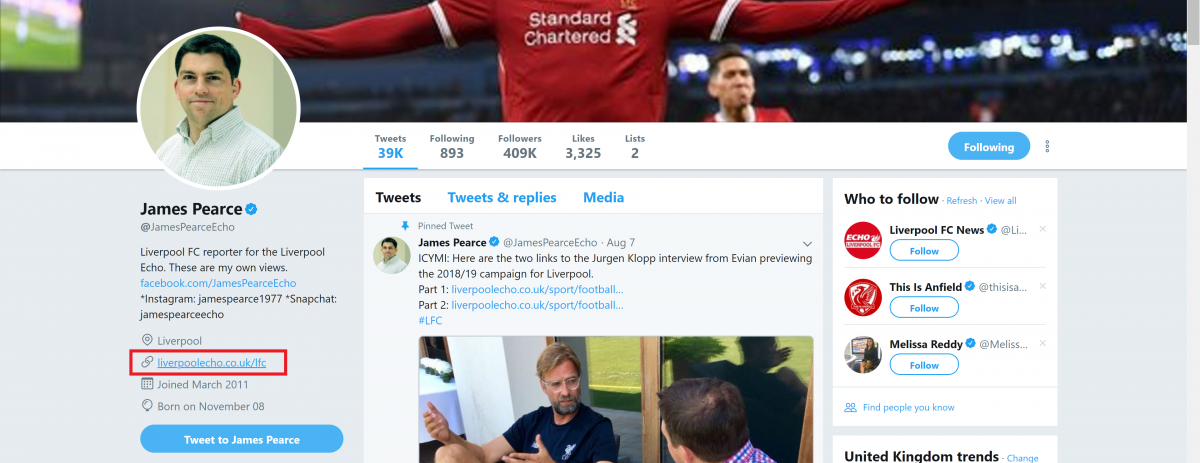
As you can see, he has gathered quite the following, who will get all the latest news about this particular club. If we were looking for high quality links in this niche, he would be great to contact.
These principles are applied to all business sectors and niches.
During stage 2 we also build out paid advertising campaigns as part of the link building strategy itself. Without getting into too much depth as the full blog post is linked above, this simply involves getting the initial word out on Facebook, Instagram & other paid advertising channels for three core reasons.
- It naturally gets picked up and linked to.
- Gains social traction; shares, likes, comments etc.
- Click through traffic from social is an up and coming ranking factor and hence will help long term rankings.
- Brand awareness & sales through from those click-throughs.
- Social proof we can use in our pitches to both media and non-media lists to increase conversions (below).
Stage 2.1 – Developing The Non-Media List
Stage 2.1 involves prospecting the non-media list. What this means is the potential sources, influencers and bloggers that are not on larger news-based sites, but instead own their own web properties. This may be specific bloggers in an industry, specific articles that are highly aligned to our content piece or even just websites that are smaller in size and authority but are extremely relevant to what we are building.
Stage 2.2 – Developing the Media List
A very resource intensive part to the campaign, the media list development stage involves determining the best journalists and mainstream influencers to reach out to and more importantly why and how to do so.
Our outreach works because we spend an incredible amount of time personalising our outreach strategies to each individual journalist and not simply sending generic emails to thousands of unrefined prospects. We want to build relationships and rapport with these contacts, building longer term relationships which we can leverage into the future for existing and new clients. This adds value to both the journalist and to the client.
The best way to establish rapport with people and to win them over to your side is to be truly interested in them, to listen with the intention of really learning about them. When the person feels that you are really interested in getting to know them and their feelings, they will open up to you and share their true feelings with you much more quickly – Jack Canfield.
During stage 2.1 and 2.2, in a lot of cases we’ll have an initial outreach to the journalist simply adding value and not requesting anything. This might be sending a sincere email or tweet about their specific content and how we found it valuable/linked to it (this is actually a very specific sub strategy we use).

It may also simply be sending another post online we think they might find useful based on their previous posts.
The entire goal of stage 2 is to prospect and build rapport with relevant contacts which we can get in touch with at a later date, once our specific content has been completed from stage 1.
This is a very different way of working than more time-sensitive link building campaigns, which is why we run other link building strategies alongside our core digital PR campaign (stage 3.1).
Stage 3: Link Outreach & Press Placements
Part 3.1: Outreach & Link acquisition of non-media based backlinks
Part 3.1 involves leveraging our content piece and previous relationships with non-media-based contacts to generate powerful, relevant links outside of press.
These links are incredibly powerful and move the organic rankings needle very quickly when implemented correctly. We have outlined these strategies in multiple posts on our blog. If you’re looking for any more information about those specifically, feel free to get in touch.
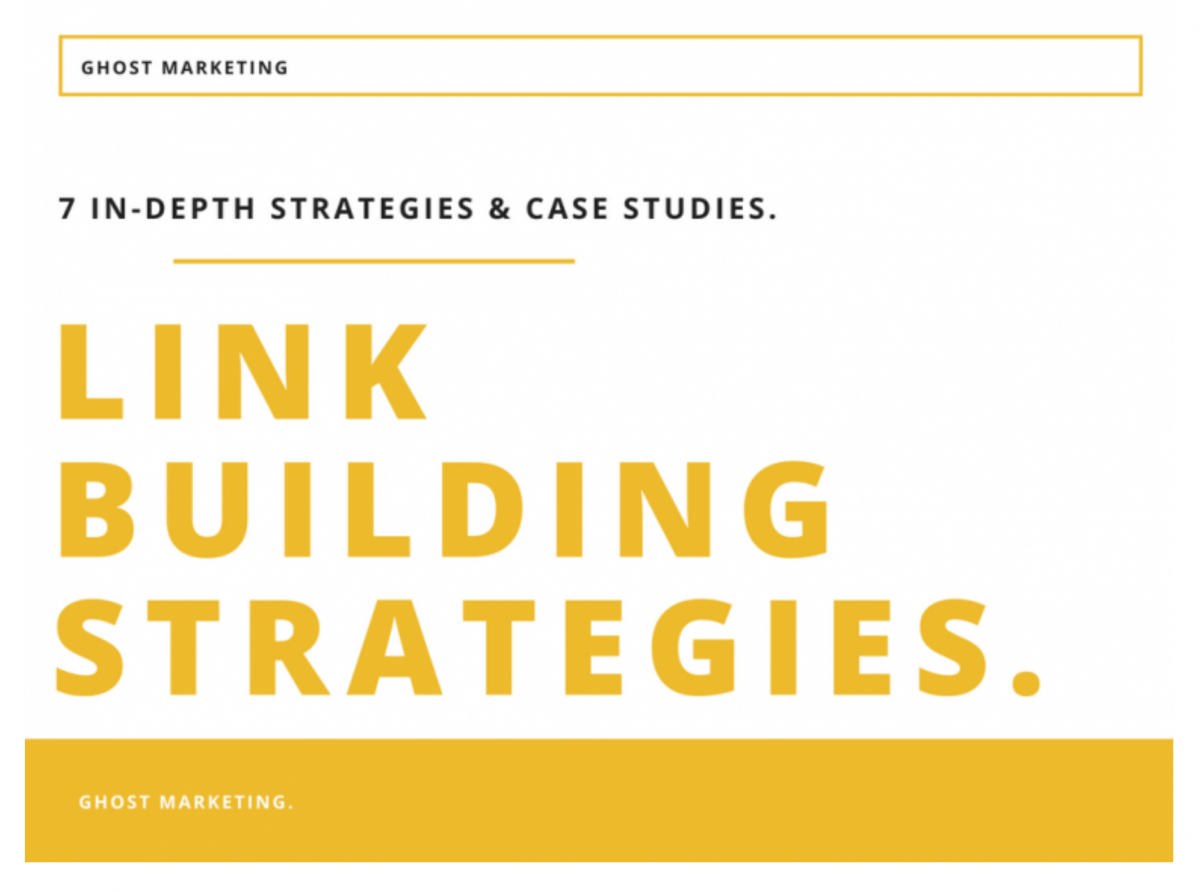 These strategies are the following:
These strategies are the following:
- Resource link building,
- Round-ups
- Guest posts
- Content acquisition techniques
- Local link building
- Unlinked mentions
- Competition analysis.
Part 3.2: Outreach to Media based contact lists
The most important part of the entire process.
Reaching out in the correct way to your media list contacts. Something that businesses, link builders and even PR professionals across the world get wrong all the time.
The key here is to simply add value.
Journalists, editors and site owners care about one thing above all else, and that’s pageviews & CPM. The more views and money you can drive to these sites, the more responsive they’ll be to your pitches now and especially in the future (making the process replicable).
Leveraging this, we can reach out to journalists in such a personalised, value-added way that we chat to multiple on the phone, meet in person (always buying the lunch it seems) and just building these relationships to the point where our team are now friends with these influencers, this of course allows us to utilise the age old adage, creating a win-win-win relationship for agency-client-journalist relationship.
People do business with those they know, like & trust – Bob Burg
Part 3.3: Ongoing outreach, rapport building & Campaign Tweaking
During the outreach stages themselves, specific issues or element can change and vary. Occasionally campaigns are tweaked mid-outreach to change the overall pitch dynamic. This is done to improve conversions of email pitches when something seems off during the process or conversions are lower than expected.
These are continually tweaked during the entire campaign to deliver the best ROI for the campaign’s investment.
Part 3.4: Virality Attempts
In select cases we’ll run a 3.4 stage to the campaign.
This occurs when content is gaining specific traction and attention in specific mediums that virality is very close. If this is the case, you’ll see referral traffic and link figures start to increase exponentially from a couple of dozen links for the average campaign, all the way up to hundreds in some cases as content becomes viral.
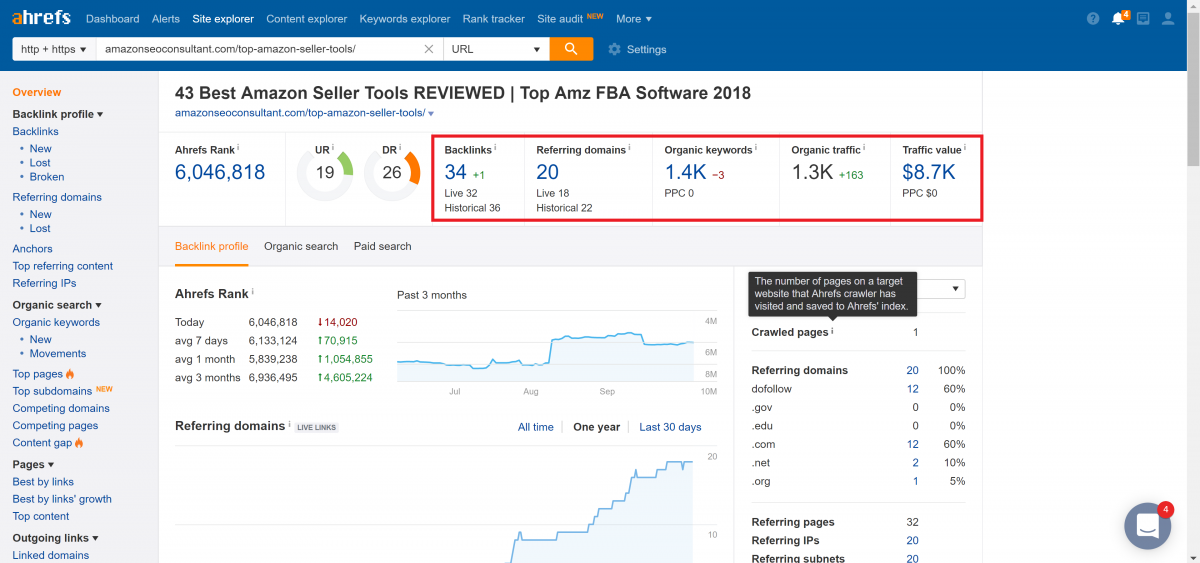
This is always the overarching goal of a campaign but given the nature content needs to be in very select circumstance, many businesses do not want to add a controversial or potentially brand damaging element to result in an exponential increase in links. This is something that will be covered in the onboarding process.
Stage 4: Campaign Review, Analysis & Re-Sign Up
Stage 4 involves analysing the entire campaign. What major links were achieved, what went well, what went not so well and analysing the overall success of the campaign. We’re 100% transparent with how we work and do not defend poor performance. In some cases, campaigns flop but in 92% of cases since the start of 2018 we’ve helped our clients generate at least 30 links within a three-month campaign period, 20% of which have come directly from editorial media.
Investment & Contracts
One full campaign structure from stage 1 to 4 takes 12 weeks. As a result, all campaigns are built on a 3-month contract with investments starting at £3,000/month. All content, design, development, outreach, project management & link acquiring costs are included in this fee.
Request A Campaign
We’ve helped brands worldwide rank for some of the most competitive niches and would love to help you 10X your business through smart digital PR and link building. Click the button below to start the process. We look forward to working with you.
If you want to contact me directly, please email [email protected].


